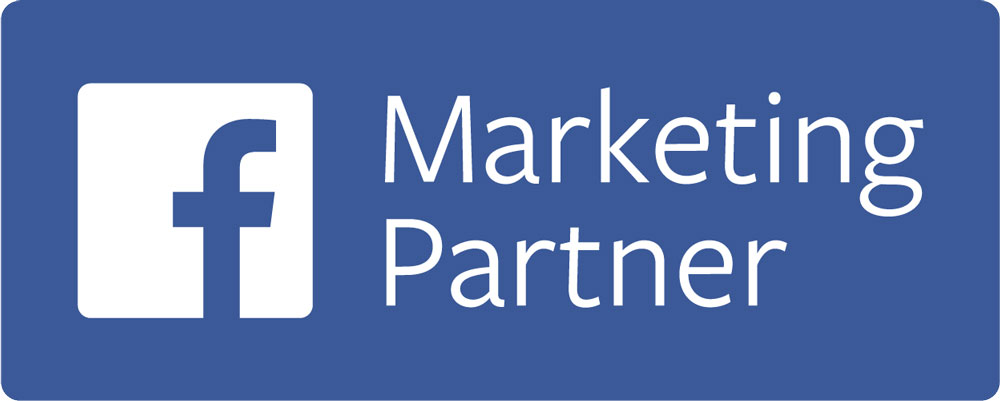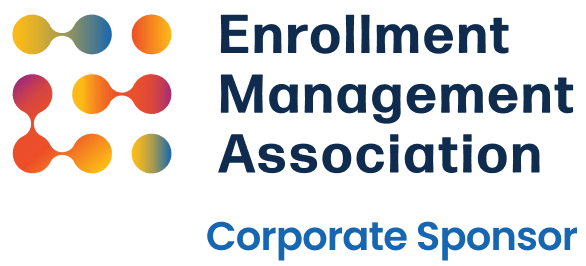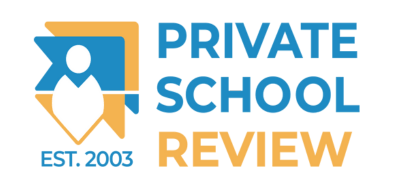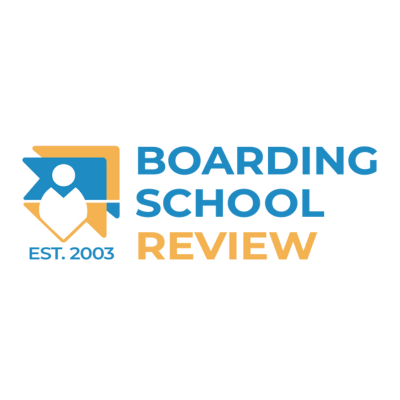By Maggie Twaroski, Truth Tree Contributor
When it comes to advertising on social media, everyone has the same goal: minimize your ad spend and maximize your ROI. But how do you know if you’re actually getting the most out of your ads? If you’re still asking this question, or if you’re struggling with guesswork in your advertising, you need Facebook Pixels.
What is Facebook (Meta) Pixel?
A Facebook (Meta) Pixel is a piece of code that connects your Facebook Ads Manager to your website, so you can track the activities users make from your Facebook and Instagram ads. When someone takes an action on your site, like scheduling a tour, visiting your contact page, or making a donation, the pixel reports that information to your Facebook Ads Manager, so you can gain deeper insights into your audience and ad success.
If your school is already using Meta ads to engage with your prospects, adding the Facebook Pixel to your advertising toolbelt is a must.
Facebook Pixel vs. Google Analytics
If the description of Facebook Pixel sounds familiar, you’re probably thinking of Google Analytics. Both Facebook Pixel and GA4 are analytics tools that collect website data, but there are some distinctions. For a comprehensive look at your website statistics, Google Analytics is your best tool. There’s not much you can’t track with it–in fact, GA4 is able to assess up to 200 different metrics. Facebook Pixel, on the other hand, allows you to narrow in on the specific activities users are taking on your website when landing from Facebook or Instagram. When used in tandem with your Meta ads, Facebook Pixel can reveal important information about your audience and ad campaigns.
5 reasons why you should use Facebook Pixel:
1. Track conversions
You can track which actions people are taking on your site after they click on your ad, like signing up for an open house, visiting your admissions page, or registering for an event. These insights can help you finetune your audience segments, improve your ads, and minimize your ad spend.
2. Retarget prospects
You’re probably familiar with the marketing “rule of seven,” which states that it takes an average of seven marketing messages to convert a customer (or student, in this case). It’s true that most prospects will need a bit of coaxing before they agree to take an action, even if it’s something small like signing up for an event. That’s why ad retargeting is so important. The more your prospects see your school appear in their everyday life, the more likely they are to remember you when they are ready to take action. With Facebook Pixel, you can use data from those who engage with your website to retarget them again. For example, if someone submits an inquiry on your website, you can show them an ad later to keep your school top of mind.
3. Optimize campaigns
Facebook Pixel will direct your ads to people who are most likely to take action, so you can be certain you’re not wasting any of your ads on unqualified leads. Plus, with the information the pixel collects, you can identify underperforming ads so you can make improvements and/or redirect your budget to more successful ones.
4. Target the right people with custom audiences
Within Facebook Ads Manager, you can create a custom audience based on your website activity. For example, if someone clicks on your event registration landing page but doesn’t complete their registration, you can create a custom audience for those individuals and target them again later. You can also use custom audiences to exclude prospects that have already taken action, so you’re not “wasting” your ad spend on them. Once you’ve refined your custom audiences, Facebook Pixel can use that information to create lookalike audiences, which allows you to reach similar audience groups automatically.
5. Reach new prospects with lookalike audiences
A lookalike audience is a new audience group that shares similarities with your best leads. With lookalike audiences, you can reach new prospects without creating a new segment from scratch or doing much guesswork. Once the Facebook Pixel has collected information about your top-performing segments, you can use that information to create your own audiences in your Facebook Ads Manager. Then, the Facebook Pixel will automatically suggest lookalike audiences for you based on the data it’s already collected, without you having to create them yourself. This process takes out the guesswork on your part, saves you time, and lends towards more accurate targeting.
How to set up a Facebook Pixel
Ready to start tracking your website activity and improving your ads? Let’s walk through how to set up Facebook Pixel, step by step.
Step 1: Create a Facebook Pixel
This is the easiest part of the setup process and can be completed in just a few clicks. From your Meta Events Manager dashboard, click “connect data sources.” Choose the “web” option, then “connect.” Next, you’ll have to enter a name for your pixel and your website URL.
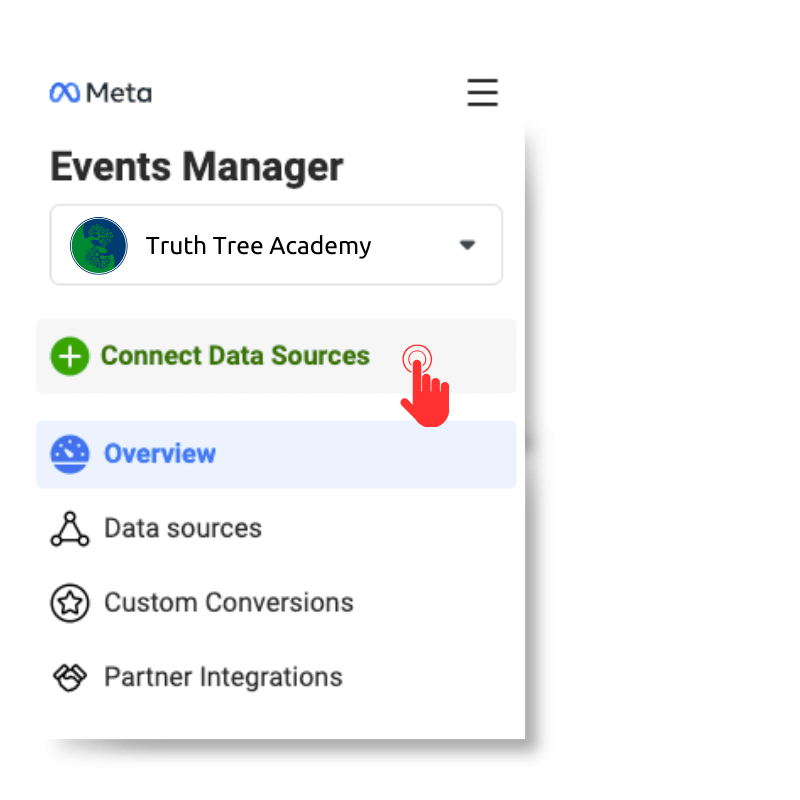
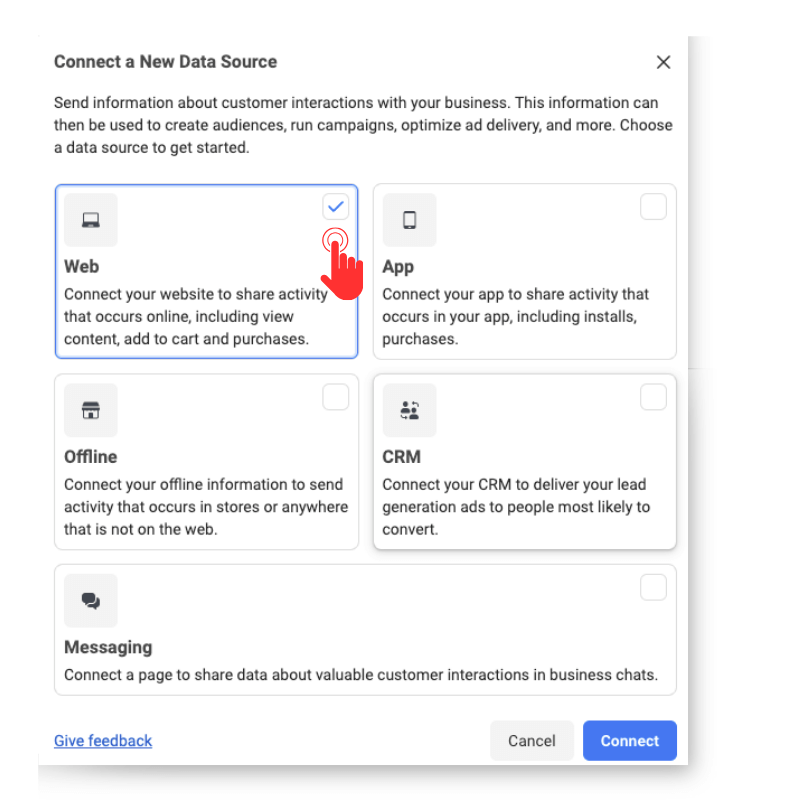
Step 2: Install Facebook Pixel on your website
After creating your pixel, the next step is to install it on your website. There are a couple ways to do this based on your preferences and access to technical support. For a code-free option, you can integrate your pixel with one of Meta’s partners, like Squarespace, WordPress, or Wix (among others). Otherwise, you or your developer can manually add the pixel code to your website.
Step 3: Set up events and conversions
Now that you’ve created and installed your Facebook Pixel, you’re able to start tracking the actions users take on your website. To do this, you’ll need to identify which actions the Pixel should look for, either through standard events, custom events, or custom conversions. Although they sound the same, there are differences between these three that affect how the Pixel collects data, as well as how detailed that information is.
Facebook will have a predetermined list of standard events for the Pixel to track, including purchases, leads, registrations, content views, contacts, subscriptions, searches and more. Some, but not all of these events will apply to your school’s advertising goals. With custom events and conversions, you can track more detailed actions and keep a closer watch on your lead funnels.
Key Takeaways
Advertising on Meta (Facebook and Instagram) is one of the most effective enrollment strategies for schools, if they’re properly optimized. That’s why it’s important for schools to have a solid analytics tool like Facebook Pixel. Your school can narrow in on your ad and website activity and see exactly which conversions people are taking. Then, you can then use that information to improve your ads and get them in front of the leads who are most likely to convert. Setting up your Facebook Pixel code is easy, and you’ll be able to start tracking results right away.
Are you overwhelmed by Social Media Marketing as a whole?
There’s certainly a finesse to it if you’re doing more than boosting posts. Interested in seeing the ways social media ads can support your school’s enrollment efforts?

